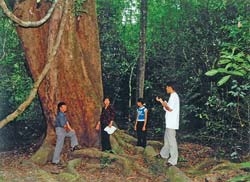Humans are daily destroying their own living environment in numerous ways, whether intentionally or unintentionally. From ill-conceived construction projects, agricultural practices, and mining operations to simply daily habits, all have contributed to distorting the surface of the planet. It is human greed that will ultimately lead to destruction.
The Dark Side of Hydroelectric Dams
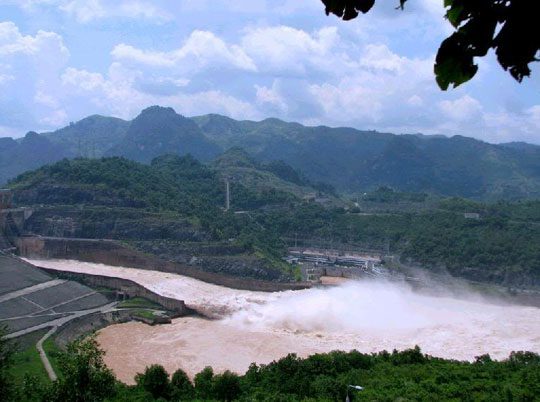
Public projects are not always beneficial to the public. A prime example is China’s hydroelectric dam projects. While aimed at producing clean energy, these massive dams have caused flooding in surrounding areas and devastated ecological environments…
In 2007, China completed the world’s largest hydroelectric dam – the Three Gorges Dam. This project displaced 1.2 million people, submerged 13 major cities, 140 towns, and 1,350 villages. Hundreds of factories, mines, landfills, and industrial zones were inundated, severely polluting nearby reservoirs. This project transformed a once-majestic river into a stagnant pond, suffocating thousands of aquatic species.
Scientists have also linked dams to earthquakes. The Three Gorges Dam was built over two major fault lines, and since its construction, there have been hundreds of minor tremors. They even suggest that the catastrophic earthquake in Sichuan in 2008, which killed 80,000 people, was partially caused by the water accumulation at the Zipingpu Dam, which is very close to the fault line.
Overfishing

Delicious seafood dishes beloved by many are increasingly depleting the oceans. According to the World Wildlife Fund (WWF), human demand for seafood is 2.5 times higher than the ocean’s ability to supply it. The more favored seafood species are becoming overfished. Modern fishing vessels are the main culprits. They are floating seafood processing factories equipped with advanced detection equipment. When a target is detected, a massive net the size of three football fields is deployed, capturing entire schools of fish in just minutes. Experts predict that without intervention, many familiar seafood species in humans’ daily diets could vanish from the oceans within the next 40 years.
Migration and Invasive Species

When people move to new living environments, they often bring animals or plants from their homeland to plant in the new land. This practice unintentionally disrupts local flora and fauna, making it one of the most destructive environmental actions.
These new invasive species compete for habitat and food, pushing the “local residents” towards extinction. A prime example is the dodo bird, which once lived on the island nation of Mauritius in the southwest Indian Ocean, now extinct due to invasive species such as cats and rats brought by European sailors that destroyed their nests and consumed their eggs.
Mining Activities
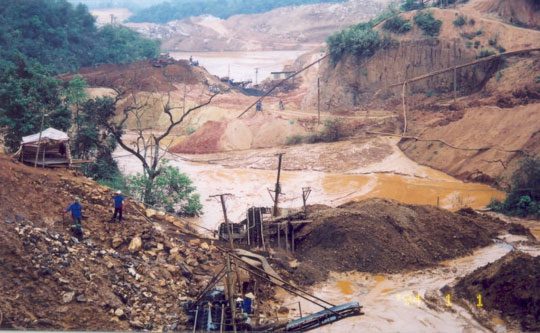
Coal is an abundant energy source, but the process of generating electricity from coal releases massive amounts of CO2 that are destroying the atmosphere. The consequence is the complex climate change occurring globally.
Another issue in the coal mining industry is the waste, such as soil, rocks, and vegetation, that is excavated and dumped in nearby valleys, choking streams and destroying the habitats of various life forms, depleting the water flow to rivers. Additionally, industrial waste is washed into rivers, causing severe pollution.
Disasters from Human Error
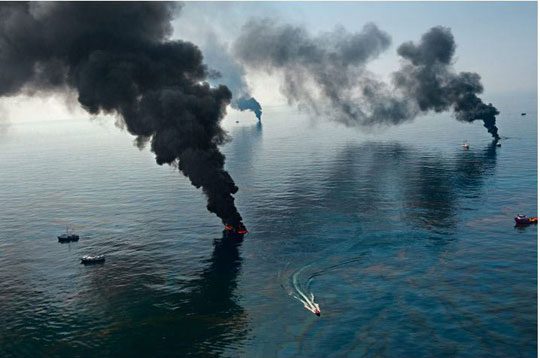
Sometimes, even a small human error can lead to catastrophic and unpredictable consequences.
The oil spill disaster caused by Exxon Valdez in 1989 shocked the United States, as it not only robbed tens of thousands of fishermen of their livelihoods but also killed millions of marine creatures in Alaskan waters.
The most recent oil spill from BP in the Gulf of Mexico in April 2010 was even more severe than the Exxon incident and is regarded as the worst oil spill disaster in history. To date, it is still too early to estimate the extent of the impact and damage caused by this incident, but it is certain that the people and ecosystems in the area will suffer immensely.
Transportation
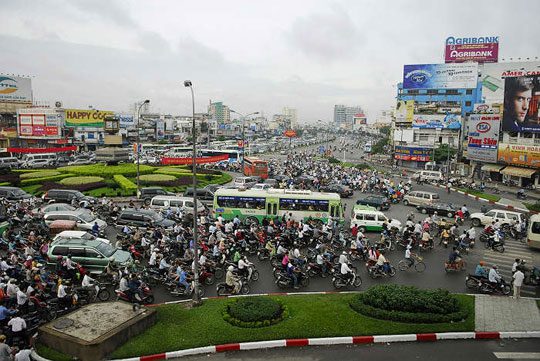
Each year, a car emits about 5.4 tons of CO2 in the form of exhaust. Aside from the long-term damage to the ozone layer and the greenhouse effect causing global warming, these emissions also have immediate harmful effects on humans, leading to increasingly common respiratory diseases. Moreover, the fuel extraction and supply industry (oil and gas) for transportation also leaves many negative consequences for the environment.
Unsustainable Agricultural Practices
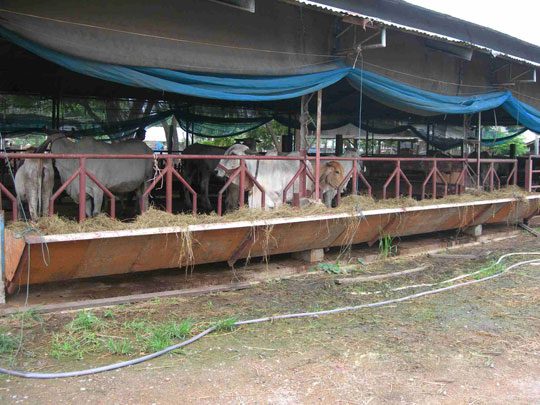
Unsafe agricultural practices are a major cause of soil and water pollution. For example, in the United States, 70% of water sources like rivers and streams are contaminated with chemicals from fertilizers and pesticides washed off from fields.
Additionally, large-scale livestock farming with hundreds of thousands of animals releases vast amounts of untreated emissions from their waste. These gases also contribute to global warming.
Deforestation

Forests are shrinking or disappearing daily, especially tropical rainforests. At the current rate of deforestation, scientists estimate that in about 100 years, all forests on Earth will vanish.
Losing forests is like losing the lungs of the planet; there will not be enough greenery to absorb and convert greenhouse gases. No forests also mean losing protective barriers, leading to increasingly severe erosion and flooding disasters.
Population Explosion
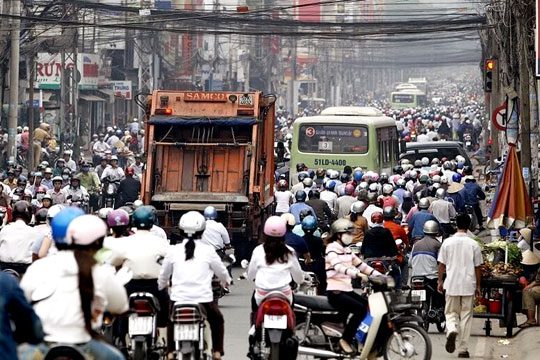
Population researchers say that if we do not peacefully control population growth through family planning programs, nature will intervene with extremely harsh measures such as plagues and famine.
In just 40 years, the world population has increased from 3 billion to nearly 7 billion people. Every year, an additional 75 million people – equivalent to Germany’s population – are born on the planet. It is estimated that by 2050, the Earth’s population will exceed 9 billion.
An increasing population means an increasing demand for food, leading to a rise in waste generation. Industries operate at full capacity to serve humanity. Resources are being depleted. The Earth is gradually being exhausted.
In short, the more crowded the population, the more complex and challenging problems arise.









































